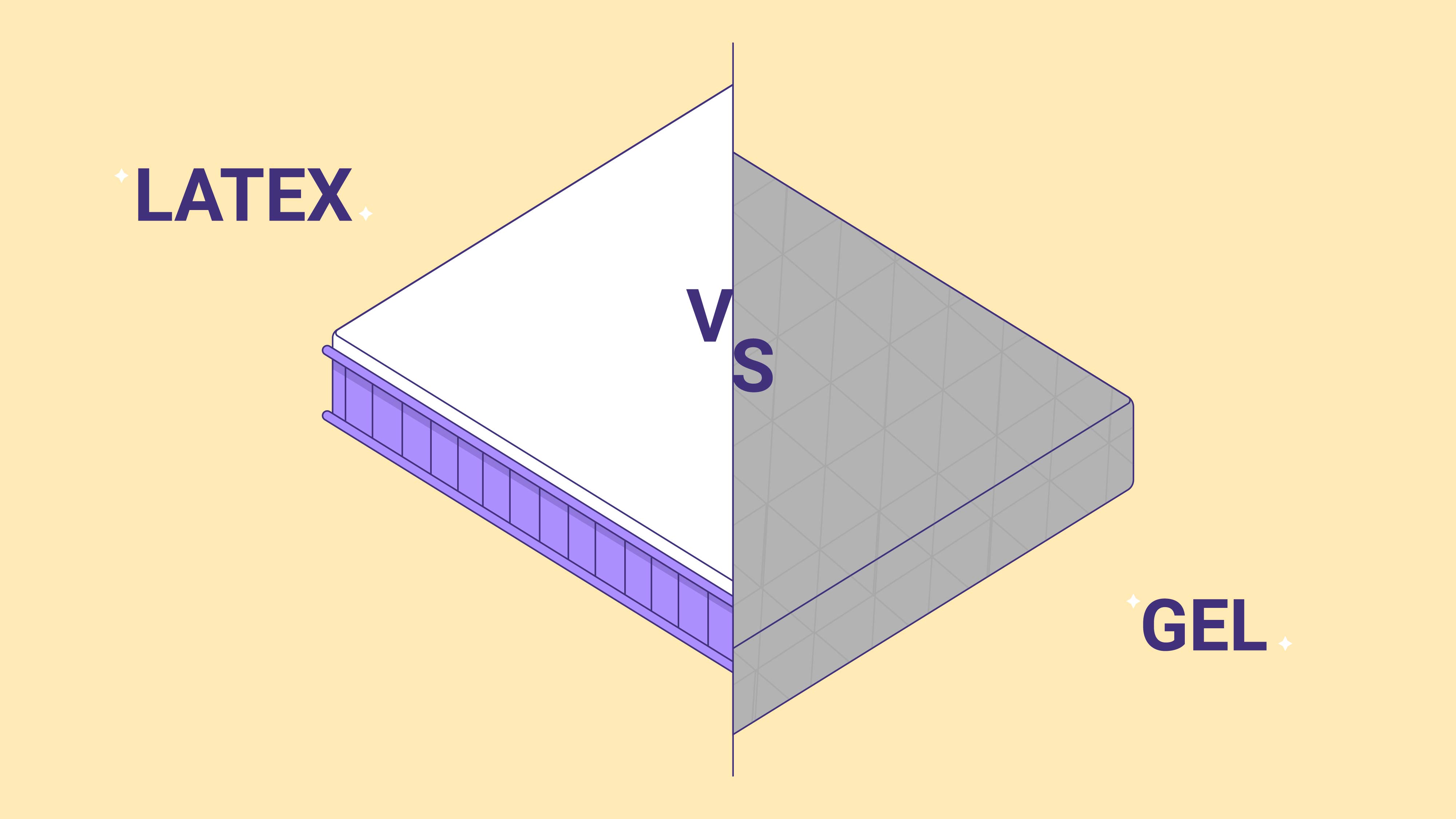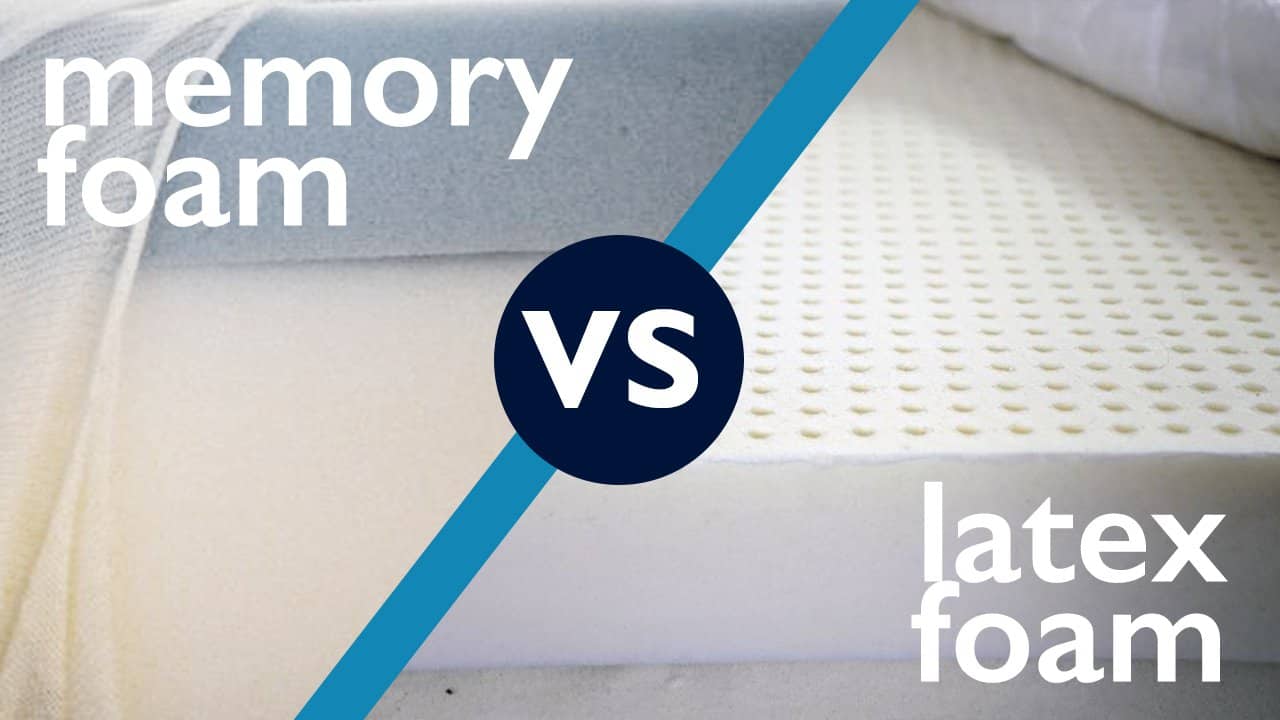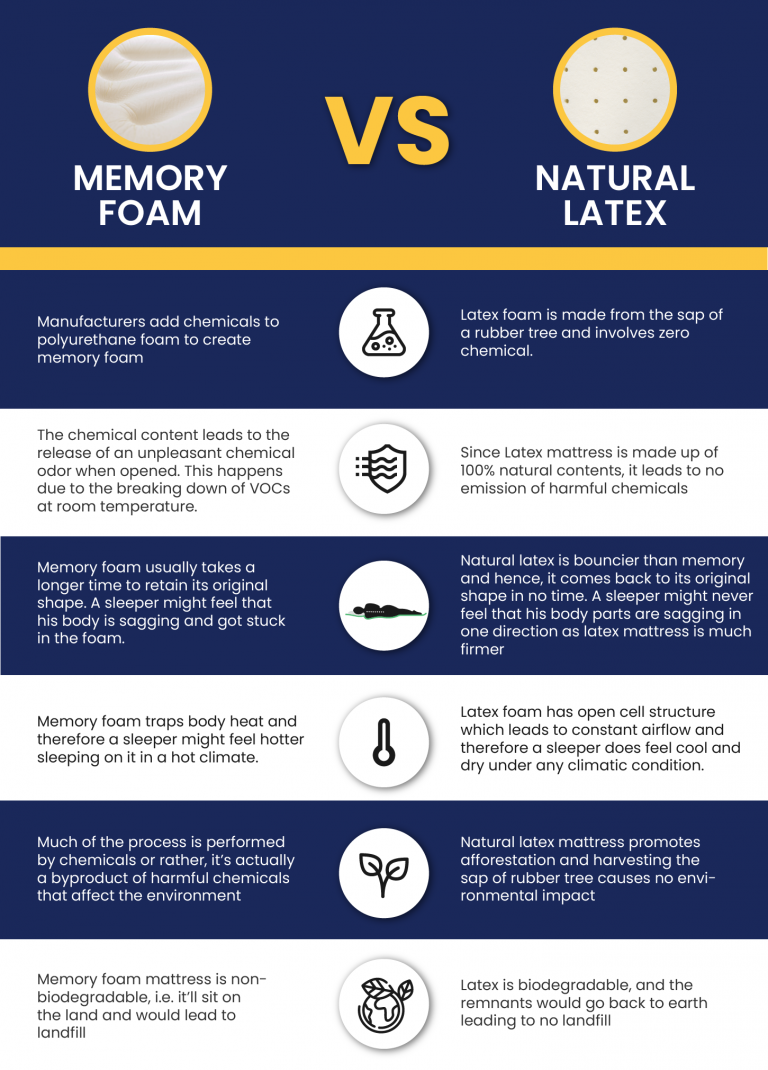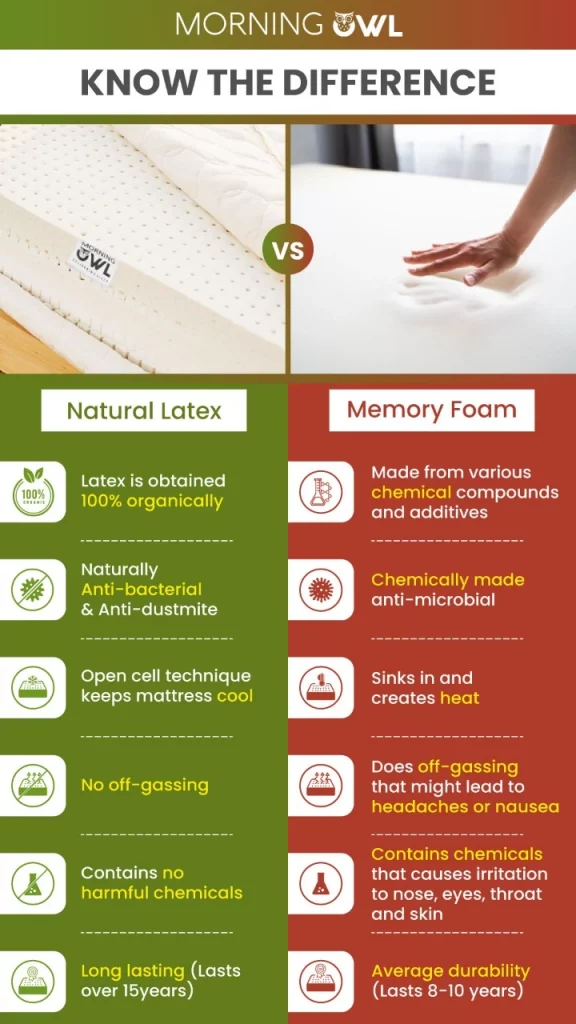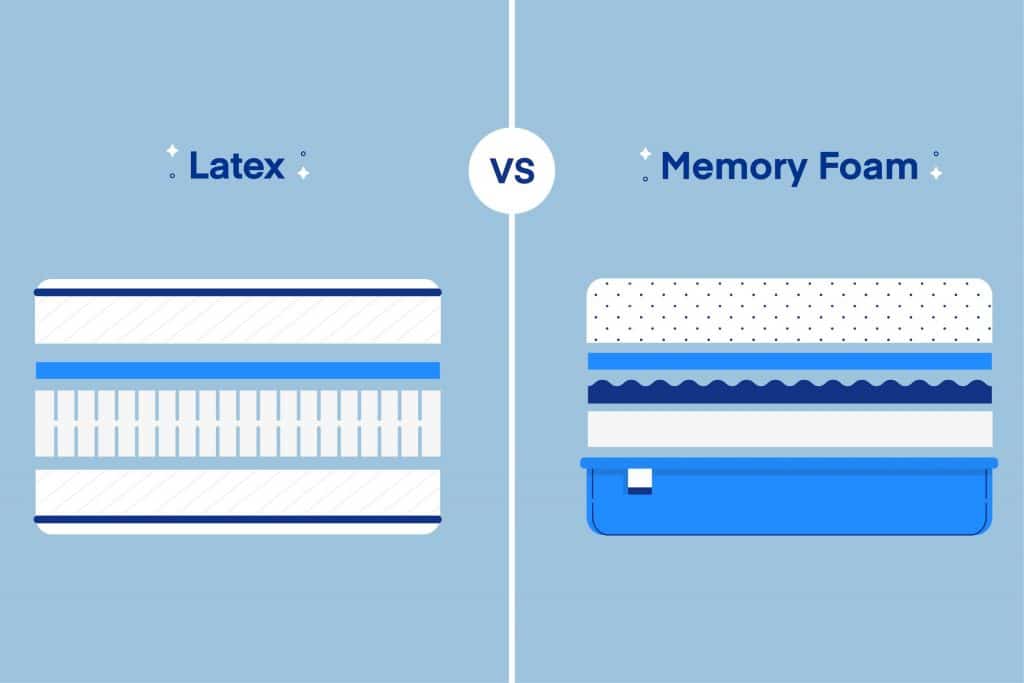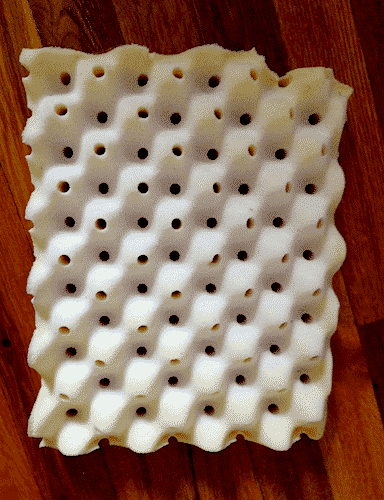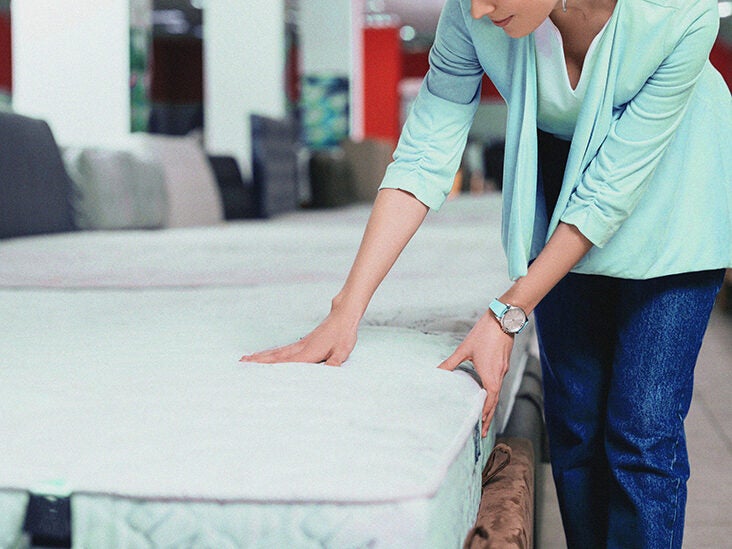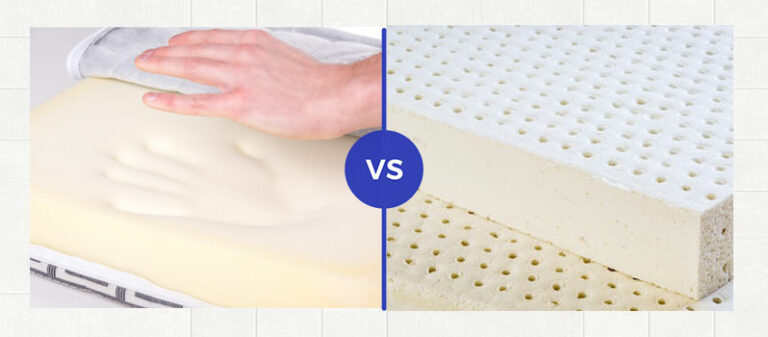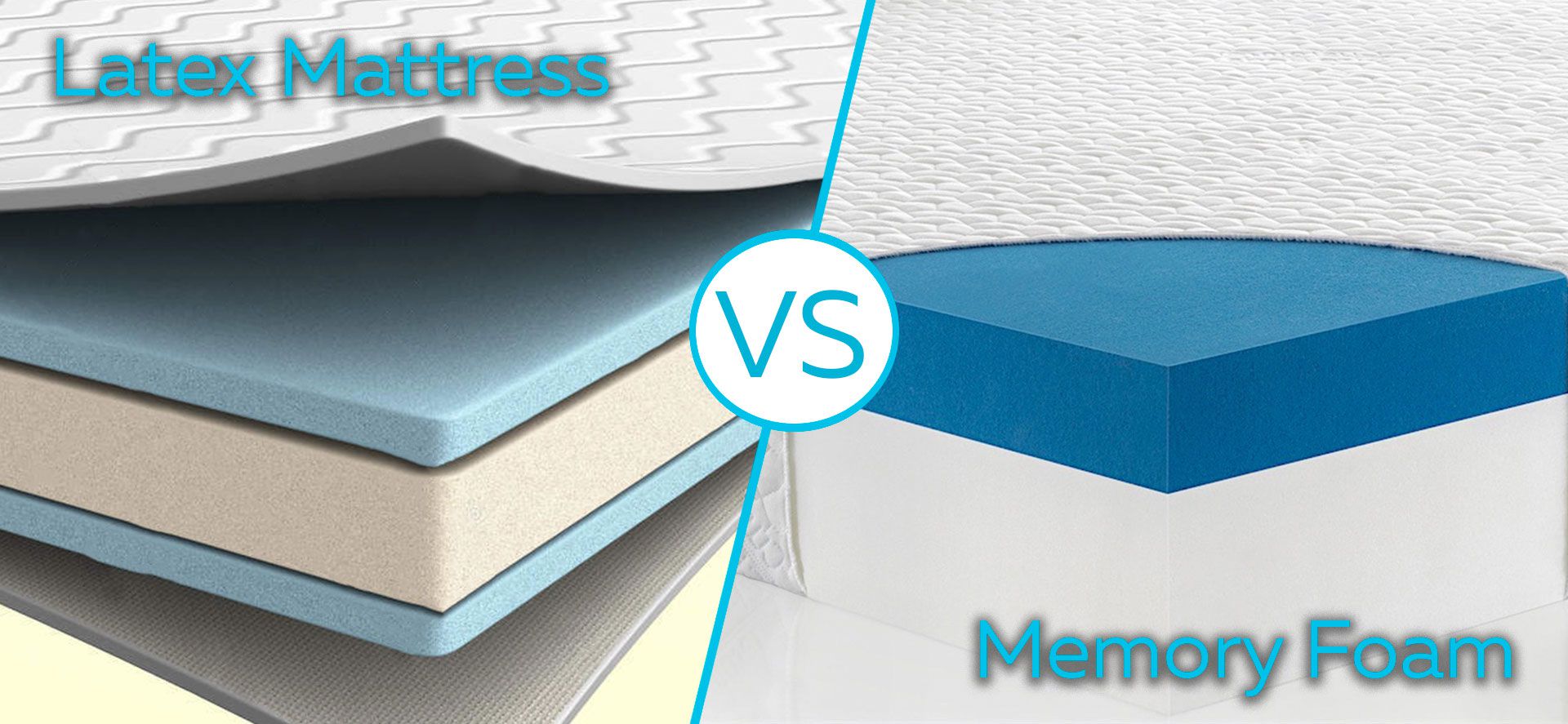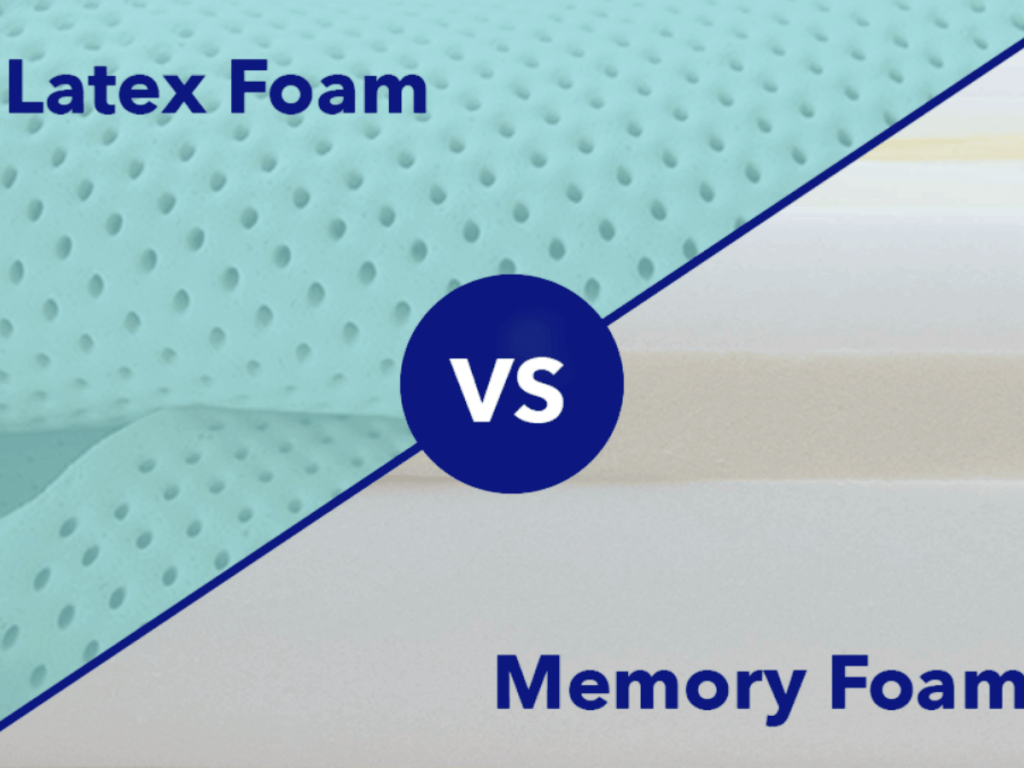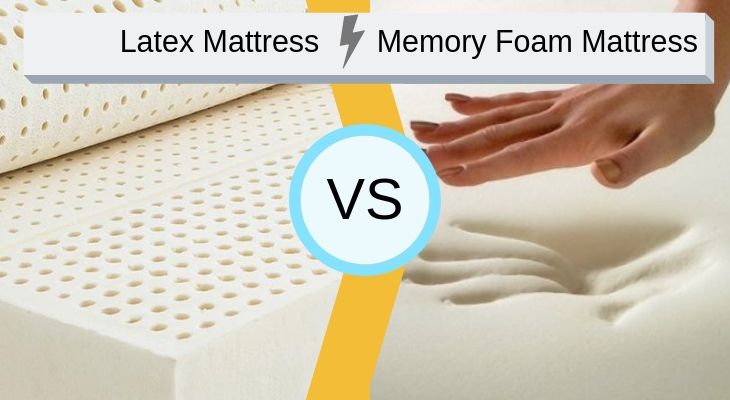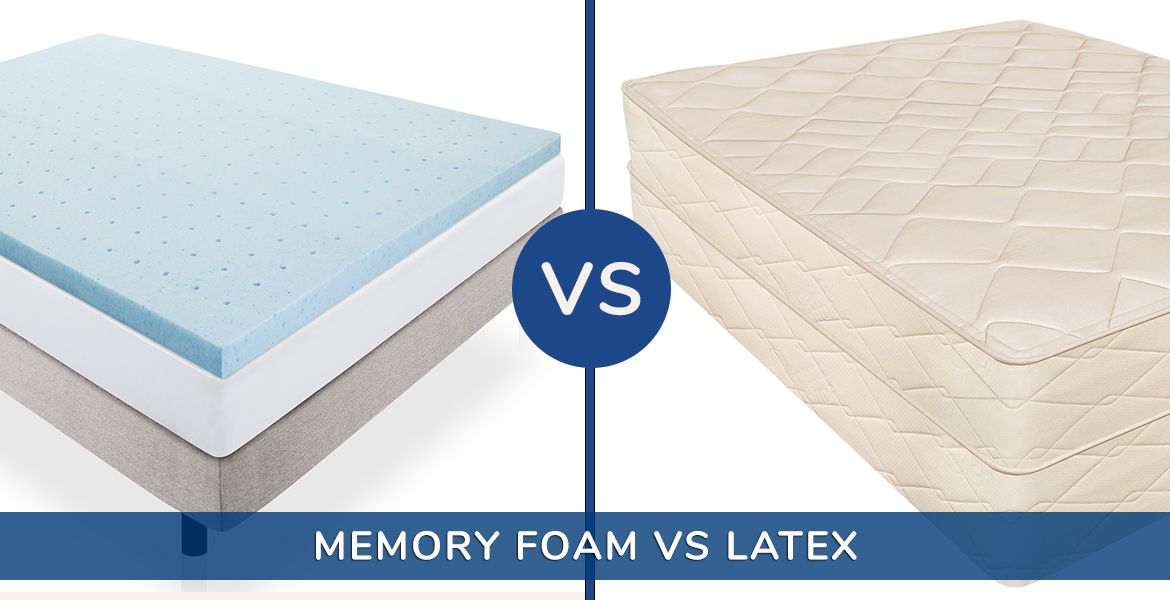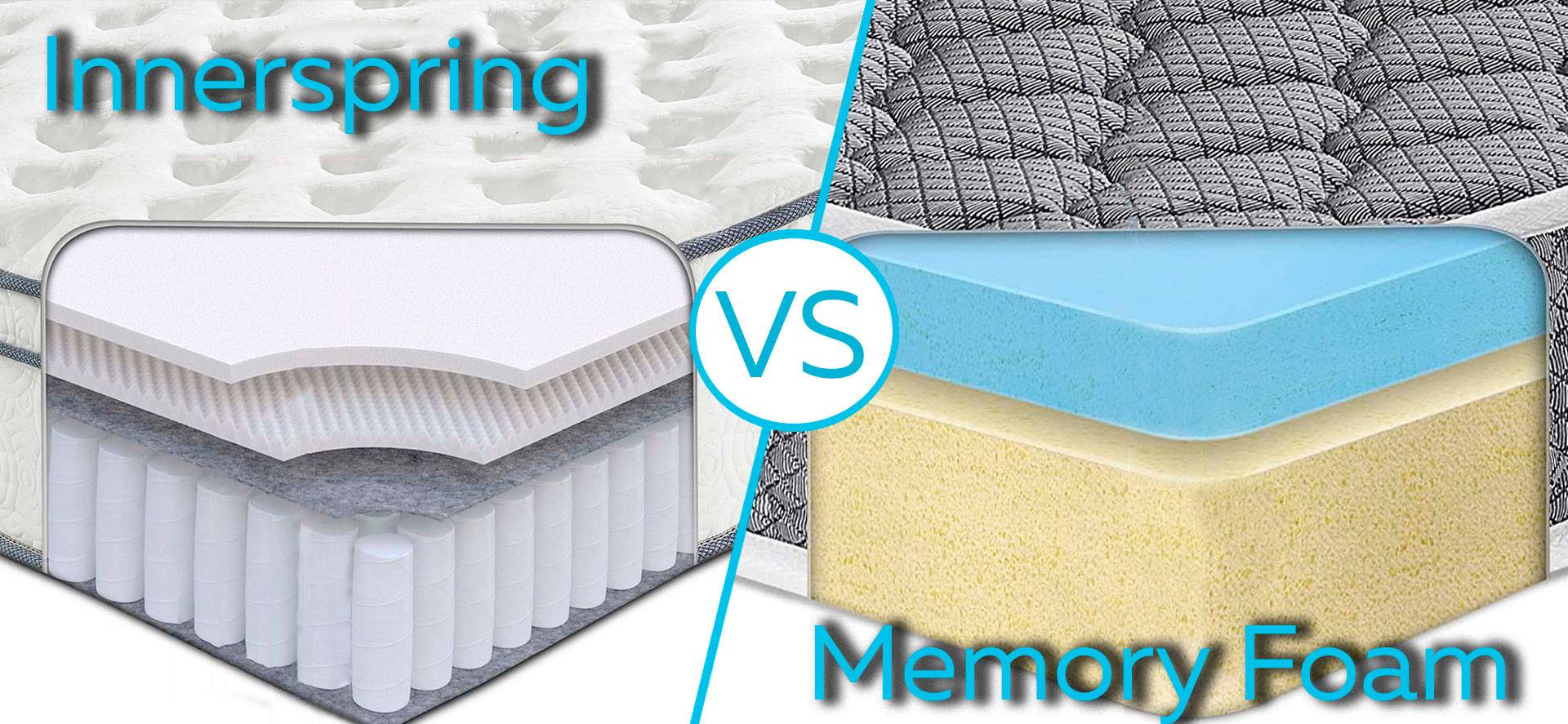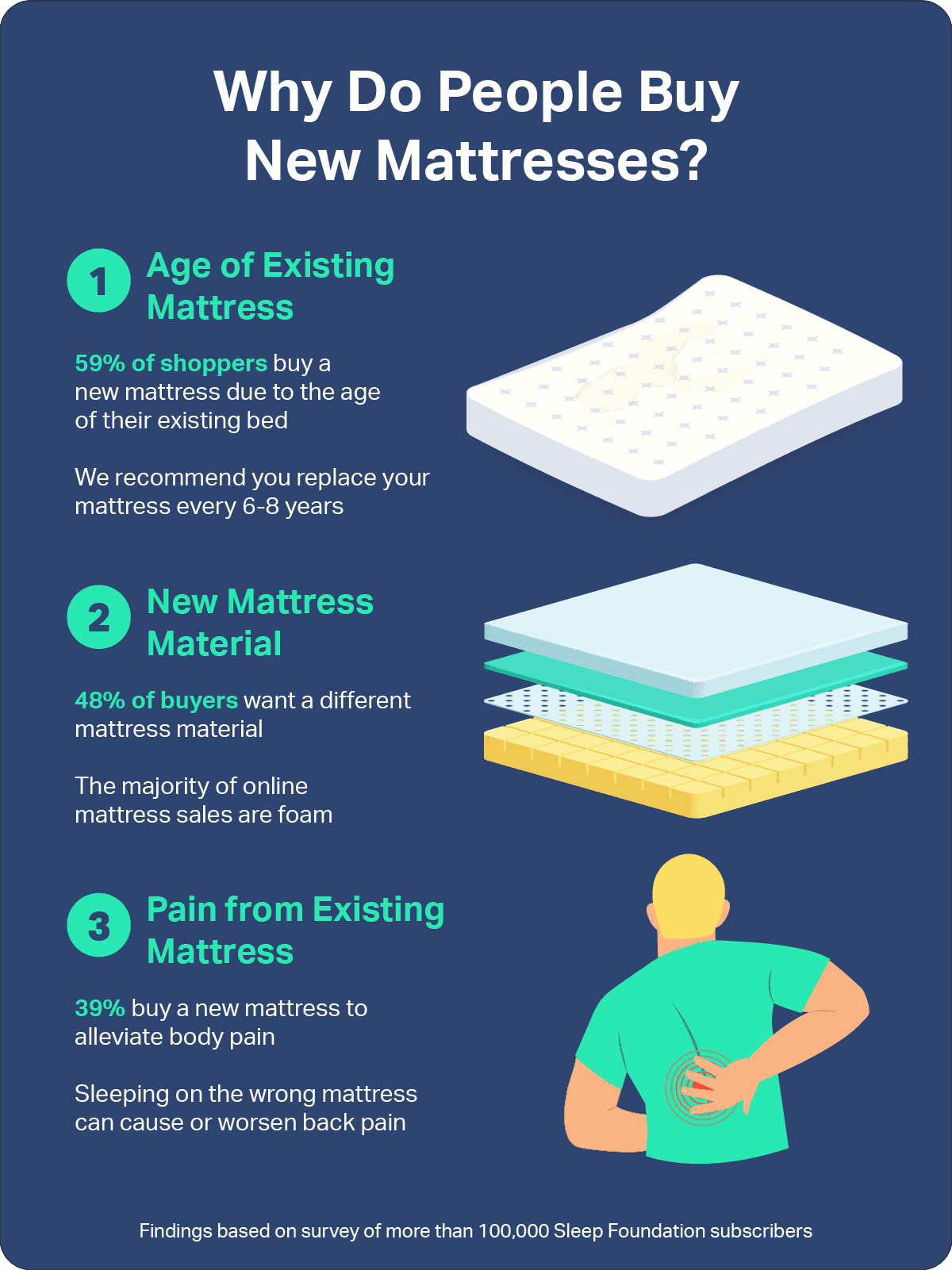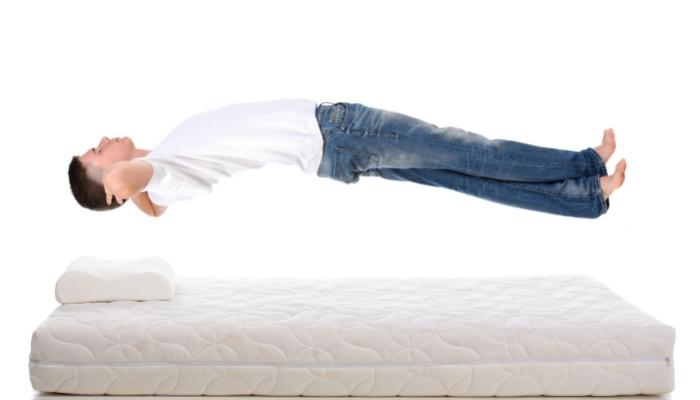Adaptive Foam vs Latex Foam Mattress: Which is Better for You?
Choosing a new mattress can be overwhelming, especially with so many options on the market. Two popular choices are adaptive foam and latex foam mattresses. Both offer unique benefits and features, but which one is right for you? In this article, we will compare the two and help you decide which one is the better choice for your needs.
Adaptive Foam vs Latex Foam Mattress: A Comprehensive Comparison
Adaptive foam, also known as memory foam, is a type of polyurethane foam that molds to your body's shape and contours. It was originally developed by NASA for use in space shuttles, but it has since become a popular material for mattresses. On the other hand, latex foam is made from the sap of rubber trees and is known for its bounciness and responsiveness. Let's take a closer look at the pros and cons of each type of foam.
Adaptive Foam vs Latex Foam Mattress: Pros and Cons
Adaptive Foam Pros: Adaptive foam offers excellent support and pressure relief, making it a great choice for those with back or joint pain. It also absorbs motion, making it a good option for couples who don't want to be disturbed by their partner's movements.
Adaptive Foam Cons: Some people may find adaptive foam to be too soft, causing them to sink too deeply into the mattress. It also tends to retain heat, which can be uncomfortable for hot sleepers.
Latex Foam Pros: Latex foam is known for its durability and breathability. It also has a natural bounce, making it easier to move around on the mattress. Additionally, latex foam is resistant to dust mites and mold, making it a good choice for those with allergies.
Latex Foam Cons: Latex foam can be quite expensive compared to other types of foam mattresses. It also has a firmer feel, which may not be suitable for those who prefer a softer sleeping surface.
Adaptive Foam vs Latex Foam Mattress: Differences and Similarities
Although adaptive foam and latex foam have their distinct features, they also have some similarities. For example, both types of foam provide excellent support and pressure relief. They also both absorb motion, making them great choices for couples. However, they differ in terms of heat retention and price.
Adaptive Foam vs Latex Foam Mattress: Which One Provides Better Support?
Adaptive Foam: Adaptive foam is known for its ability to contour to your body's shape, providing excellent support for your spine and joints. It can help alleviate pressure points and promote proper spinal alignment, making it a good choice for those with back pain.
Latex Foam: Latex foam is also known for its supportive properties. It has a natural bounce that helps keep your body in proper alignment while providing a comfortable sleeping surface.
Adaptive Foam vs Latex Foam Mattress: Which One is More Durable?
Adaptive Foam: Adaptive foam mattresses tend to have a shorter lifespan compared to latex foam mattresses. This is because the foam can break down and lose its shape over time, resulting in reduced support and comfort.
Latex Foam: Latex foam mattresses are known for their durability. They can last up to 20 years, which is much longer than most other types of mattresses. This makes them a good investment for those looking for a long-term sleeping solution.
Adaptive Foam vs Latex Foam Mattress: Which One is More Affordable?
Adaptive Foam: Adaptive foam mattresses are generally more affordable than latex foam mattresses. However, they still tend to be pricier than traditional innerspring mattresses.
Latex Foam: Latex foam mattresses are known for their high price point. They are considered a luxury mattress option and can cost significantly more than other types of foam mattresses.
Adaptive Foam vs Latex Foam Mattress: Which One is Better for Allergies?
Adaptive Foam: Adaptive foam is not hypoallergenic, and it can trap dust mites and other allergens, which can be a problem for those with allergies or asthma.
Latex Foam: Latex foam is naturally hypoallergenic and resistant to dust mites, mold, and mildew. This makes it a great choice for those with allergies or asthma.
Adaptive Foam vs Latex Foam Mattress: Which One is Better for Hot Sleepers?
Adaptive Foam: Adaptive foam tends to retain heat, which can be uncomfortable for hot sleepers. However, some newer adaptive foam mattresses come with cooling gel layers or other technologies to help regulate temperature.
Latex Foam: Latex foam is known for its breathability, which helps keep you cool while you sleep. However, some people may find it too firm and not comfortable enough for hot summer nights.
Adaptive Foam vs Latex Foam Mattress: Which One is Better for Pressure Relief?
Adaptive Foam: Adaptive foam is excellent for pressure relief as it can mold to your body's shape and distribute weight evenly, reducing pressure on sensitive areas like the hips and shoulders.
Latex Foam: Latex foam also offers pressure relief, but it may not contour to your body's shape as closely as adaptive foam does. However, its natural bounce can help alleviate pressure points.
Why Choose a Latex Foam Mattress?

Comfort and Support
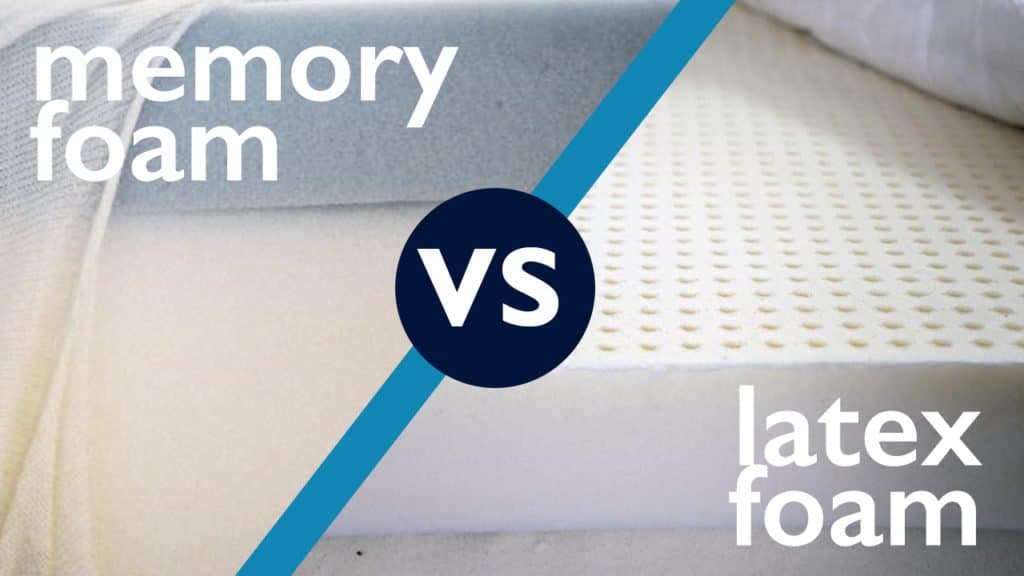 When it comes to choosing the right mattress for a good night's sleep, comfort and support are key factors to consider.
Latex foam mattresses
have gained popularity due to their ability to provide both comfort and support to the sleeper. Unlike traditional innerspring mattresses, latex foam mattresses conform to the body, providing customized support for each individual's unique shape and sleeping position. This helps to alleviate pressure points and reduce tossing and turning, resulting in a more comfortable and uninterrupted sleep.
When it comes to choosing the right mattress for a good night's sleep, comfort and support are key factors to consider.
Latex foam mattresses
have gained popularity due to their ability to provide both comfort and support to the sleeper. Unlike traditional innerspring mattresses, latex foam mattresses conform to the body, providing customized support for each individual's unique shape and sleeping position. This helps to alleviate pressure points and reduce tossing and turning, resulting in a more comfortable and uninterrupted sleep.
Durability and Longevity
 Investing in a mattress is a big decision and one that most people hope will last for many years.
Latex foam mattresses
are known for their durability and longevity, making them a great investment for those looking for a long-term solution. Latex foam is a natural material that is highly resilient and can withstand daily use without losing its shape or support. This means that
latex foam mattresses
can last for up to 10-15 years, making them a cost-effective choice in the long run.
Investing in a mattress is a big decision and one that most people hope will last for many years.
Latex foam mattresses
are known for their durability and longevity, making them a great investment for those looking for a long-term solution. Latex foam is a natural material that is highly resilient and can withstand daily use without losing its shape or support. This means that
latex foam mattresses
can last for up to 10-15 years, making them a cost-effective choice in the long run.
Hypoallergenic and Eco-Friendly
 For those with allergies or sensitivities,
latex foam mattresses
are an ideal choice. Latex foam is naturally hypoallergenic and resistant to dust mites, mold, and mildew, making it a healthier option for sleepers. Additionally, latex foam is made from natural materials such as rubber tree sap, making it an eco-friendly choice for those looking to reduce their carbon footprint.
For those with allergies or sensitivities,
latex foam mattresses
are an ideal choice. Latex foam is naturally hypoallergenic and resistant to dust mites, mold, and mildew, making it a healthier option for sleepers. Additionally, latex foam is made from natural materials such as rubber tree sap, making it an eco-friendly choice for those looking to reduce their carbon footprint.
Temperature Regulation
 One common complaint about traditional memory foam mattresses is their ability to trap heat, causing discomfort for some sleepers.
Latex foam mattresses
, on the other hand, have an open-cell structure that allows for better air circulation, keeping sleepers cool and comfortable throughout the night. This makes
latex foam mattresses
a great choice for hot sleepers or those living in warmer climates.
One common complaint about traditional memory foam mattresses is their ability to trap heat, causing discomfort for some sleepers.
Latex foam mattresses
, on the other hand, have an open-cell structure that allows for better air circulation, keeping sleepers cool and comfortable throughout the night. This makes
latex foam mattresses
a great choice for hot sleepers or those living in warmer climates.
Cost-Effective
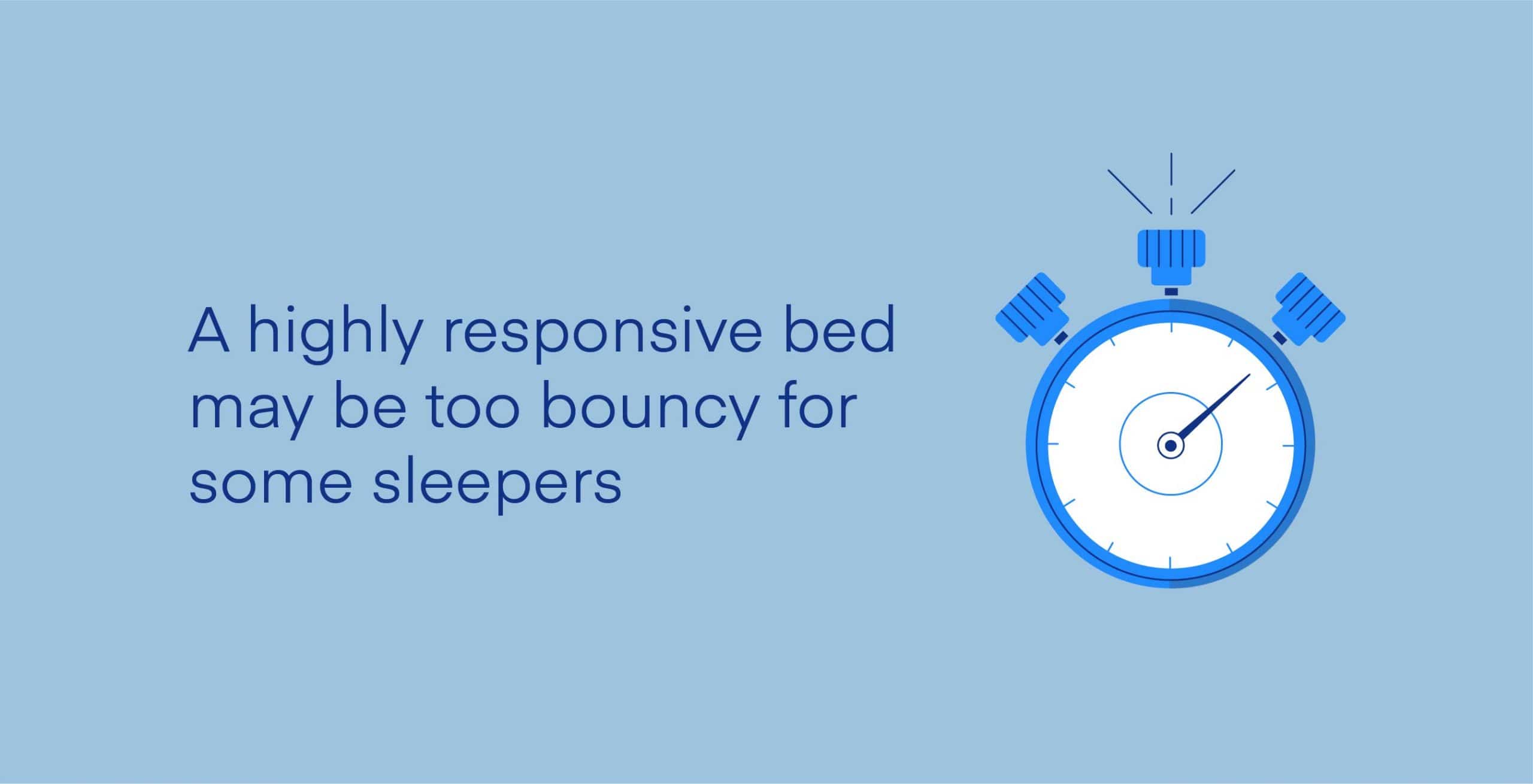 While
latex foam mattresses
may have a higher upfront cost compared to other mattresses, their durability and longevity make them a cost-effective choice in the long run. With proper care, a latex foam mattress can last for many years, eliminating the need for frequent replacements and saving you money in the long term.
In conclusion, when it comes to choosing between
adaptive foam vs latex foam mattresses
, the latter offers a unique combination of comfort, support, durability, and eco-friendliness. Its ability to cater to individual sleeping needs, regulate temperature, and provide a long-lasting, cost-effective solution makes it a popular choice for many sleepers. Consider investing in a
latex foam mattress
for a better and more restful night's sleep.
While
latex foam mattresses
may have a higher upfront cost compared to other mattresses, their durability and longevity make them a cost-effective choice in the long run. With proper care, a latex foam mattress can last for many years, eliminating the need for frequent replacements and saving you money in the long term.
In conclusion, when it comes to choosing between
adaptive foam vs latex foam mattresses
, the latter offers a unique combination of comfort, support, durability, and eco-friendliness. Its ability to cater to individual sleeping needs, regulate temperature, and provide a long-lasting, cost-effective solution makes it a popular choice for many sleepers. Consider investing in a
latex foam mattress
for a better and more restful night's sleep.












